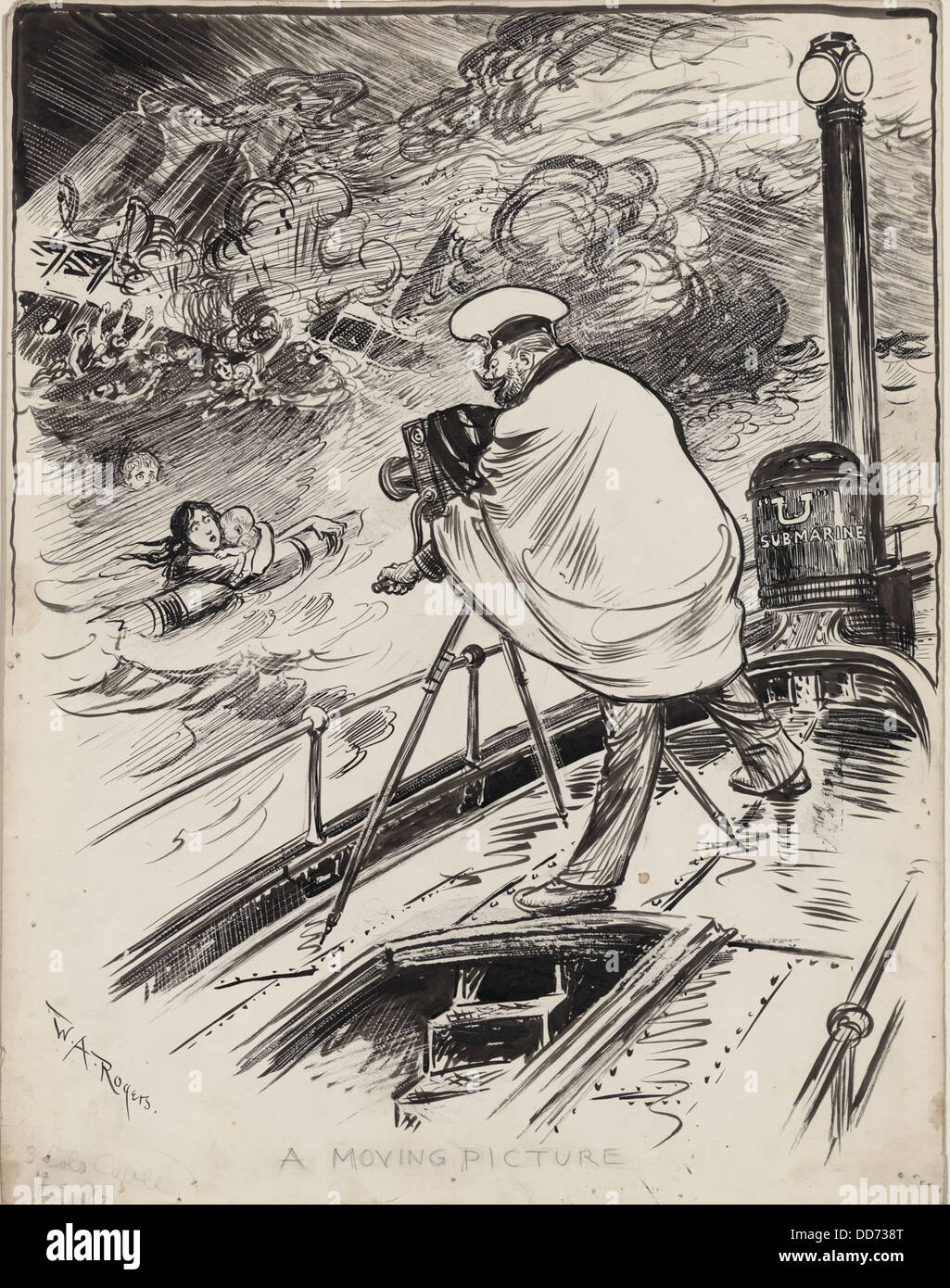

The Treaty of Portsmouth, signed in the United States, ended hostilities between the two powers. Perhaps encouraged by two quick military victories overseas, the US remained active on the diplomatic scene, with US president Theodore Roosevelt negotiating peace between Russia and Japan during the 1904-05 Russo-Japanese War. As a result, the US was now an active diplomatic and economic power along with historic powers like Britain, France, and Russia. The United States was one of eight western powers that responded with force, sending in the US Marines during the summer of 1900 to defeat the Boxers who were besieging diplomatic missions.

In 18, rebels in China tried to push out foreigners and Chinese people who appeared sympathetic. The US opposed “colonization” of China, similar to what had occurred in Africa, but did not argue for increased sovereignty of China. Please check your inbox to activate your subscription Thank you!Įuropean nations, Japan, and the United States united to put down the Boxer Rebellion in China in 1900, via the Los Angeles Review of Booksĭuring the late 1800s, European powers had taken exclusive territories in China to use for trade and economic production. Having won a swift war against a once-powerful rival, the United States was now an undeniable world power. The brief war, which saw the US attack and dominate in both the Caribbean and the Pacific Ocean, created an American empire by taking Spain’s island colonies for itself (as well as the independent territory of Hawaii, which the US desired for a naval base). In 1898, after increasing tensions with Spain over Spain’s remaining colonies in the nearby Caribbean, the US engaged in the Spanish-American War. protecting a Cuban refugee from the Spanish, via PBS & WGBH Educational Foundationīy the 1890s, the US was strong enough to extend its power beyond its shores. During the US Civil War (1861-65), France decided to invade Mexico and set up an empire but left in 1867 after the victorious Union – having held the US together as a single country – demanded it go.Ī political cartoon showing the U.S. Eight years after the War of 1812 against Britain, US president James Monroe told European powers to back off and stay out of the Western Hemisphere. The Atlantic Ocean separated the US from Europe, and territory to the west and south was largely unsettled. In September 1796, first US president George Washington gave his famous Farewell Address and advised the country to avoid political parties and foreign entanglements.Īt first, isolationism and focusing on domestic issues were easier due to America’s physical distance from other countries. After the war ended, the US was faced with a difficult choice: repay the alliances and remain actively engaged in European affairs, or try to avoid foreign entanglements. As historical enemies of Britain, the three other western European powers seized the chance to stick it to King George III. president George Washington’s Farewell Address from September 1796, via Historic Ipswichĭuring the American Revolutionary War (1775-1783), the new United States of America was aided by allies France, Spain, and the Netherlands. Telephones and radios, known as wireless telegraph, were used by both sides, although messenger dogs and homing pigeons were still used for relaying messages.Before World War I: From Isolationism to a Growing American Empire A printing of U.S.Several aircraft carriers, then called seaplane carriers, were used in battle by the British, Japanese and Russians.Narrow gauge railroads supplied food, ammunition and troops to the trenches on both sides, but motor vehicles were becoming increasingly common, and, after the war, became the transport of choice.

In response, the Allies developed depth charges, attack submarines and sonar. Germany employed submarines, called U-boats, which were effective at sinking convoys of supply and troop ships.



 0 kommentar(er)
0 kommentar(er)
